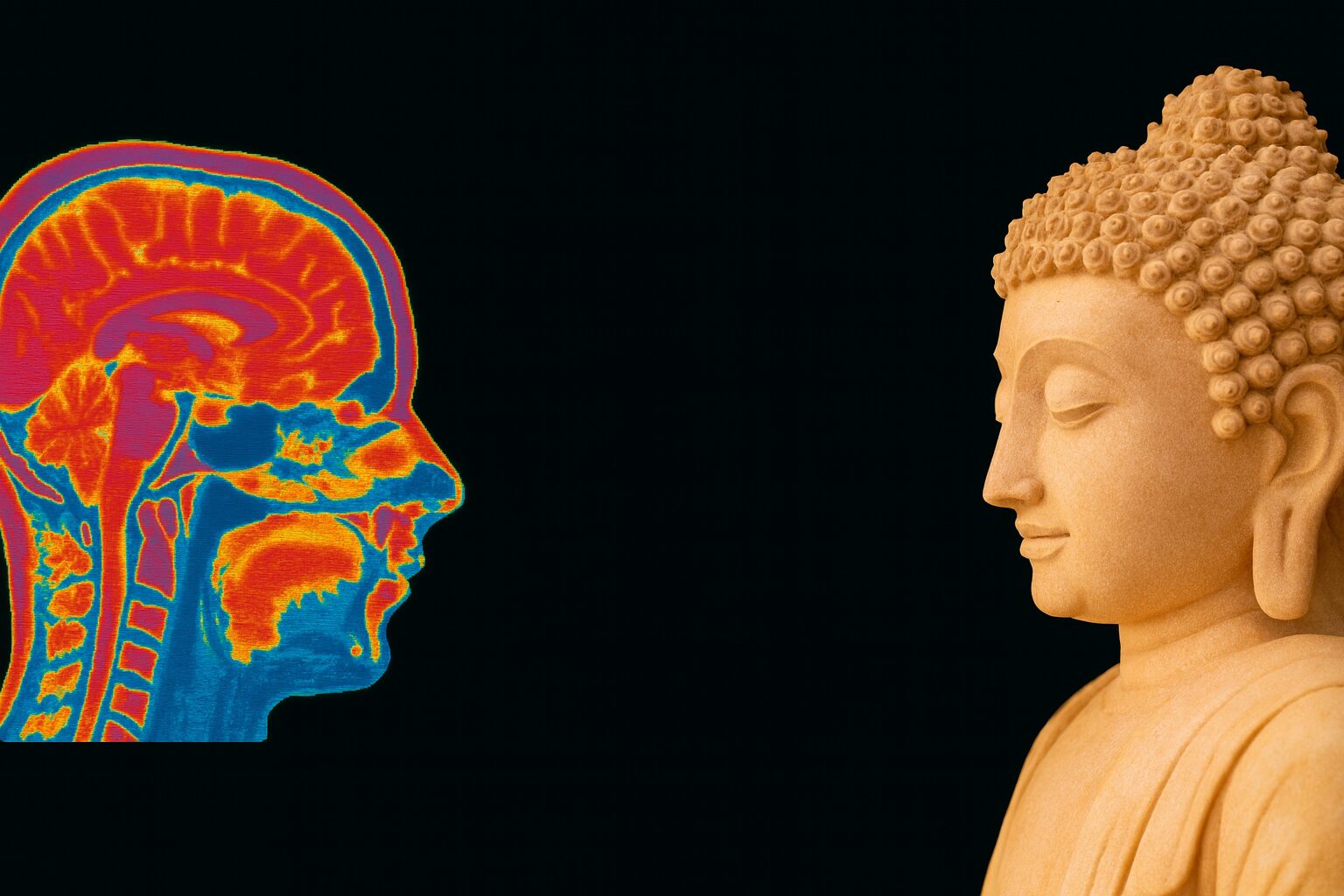⏱️ Estimated reading time: 4 min
For centuries, The practice of Buddhism Soto Zen has been based on direct experience, Without the need for external validations. But in the last decades, A new bridge has begun to weave between this millenary tradition and the research of contemporary neuroscience. This dialogue does not seek to translate Zen into an exclusively scientific language, but to open a way of mutual recognition: Science discovers in meditation what the former Zen teachers had already experienced, And Buddhism finds new ways to transmit its message to a society increasingly guided by empirical data.
Buddhism Soto Zen has always insisted on the inseparability of the body and mind, In the importance of full attention, to sit without object (shikantaza) and of the cultivation of an intimate perception of reality. These practices are not relaxation techniques, nor simple forms of psychological well -being: They are paths towards the deep transformation of being. However, to the extent that more people approach Zen from lay and academic contexts, It is useful to see how certain contemporary research corroborates some of the effects described by those who have practiced for decades.
Studies on people who have practiced meditation intensely for years, Among them Tibetan Buddhism practitioners, Theravada o Soto Zen, They show significant neuroanatomic changes. Through techniques such as functional magnetic resonance (fMRI) or the image by diffusion tensioner (DTI), Thickening has been detected in regions such as dorsolateral prefrontal cortex (related to executive functions such as attention and self -regulation), The insula (associated with body and emotional consciousness) and the hippocampus (key in stress regulation). In expert meditators, There is also a decrease in the volume of the amygdala, a structure involved in the response to fear and stress. This modification seems consistent with a more equanimous and less reactive attitude towards the difficulties of life, something that is part of the development of the mind awakens in Zen practice.
It is important to remember that the value of meditation does not reside in its measurable impact on the brain. The risk of reducing meditative experience to a set of biological indicators can lead to a superficial understanding of what it really means to sit in silence and observe. Practice does not point only to change neuronal patterns, but to transform the relationship with suffering, With the ego, With life and death.
Science can observe effects, But the deep sense of practice arises from the experience itself, of the zazen Without expectations. That's why, From the perspective of Buddhism Soto Zen, It is essential that dialogue with neuroscience is kept open, But without external validation replacing confidence in the road.
In the last twenty years, The field known as "contemplative neuroscience" has grown exponentially. Institutions such as the Center for Healthy Minds (at the University of Wisconsin-Madison), The Mind and Life Institute or the Richard Davidson laboratory have led research that relate the practice of meditation with improvements in emotional resilience, compassion, The concentration and general health of the nervous system.
The interesting thing is that many of these improvements do not arise only after long retreats or decades of practice, but they can begin to be observed in a few weeks, especially in aspects such as the reduction of emotional reactivity or the increase in sustained attention. This suggests that, Even in initial stages, Practice can offer tangible benefits.
One of the most revealing findings is how brain activity changes when the person meditates with full attention. In zazen The mind learns to return again and again at the present time without clinging or rejecting. This is translated, In neurological terms, In a decrease in default network activity (default mode network), Responsible for Rumiation, The projection in the future and the narrative of the self. Less mental noise does not mean an empty or tasteless state: means a more living conscience, open, receptive. A space where thought is expressed within non-thought.
What we are witnessing is more than a coincidence between ancient wisdom and modern knowledge. It is a meeting point that can enrich both traditions: Buddhism provides an integral vision of the mind-corner, forged in centuries of direct experience, While science offers tools to explore how these states of consciousness manifest physically and how they can integrate into educational contexts, therapeutics and social.
For the Soto Zen Community Middle Way (CSZCM), This dialogue with science does not imply giving up the essence of the spiritual path. On the contrary, You can strengthen the trust of those who approach for the first time, offer new transmission routes and show that Zen's practice, In addition to being a way of liberation, It is also a health gift, The mind and heart of the contemporary world.

